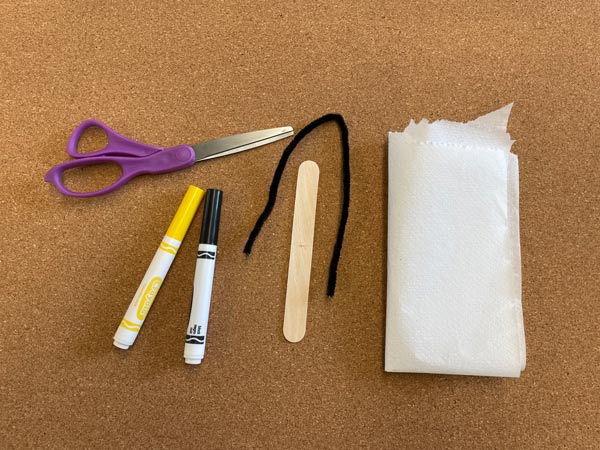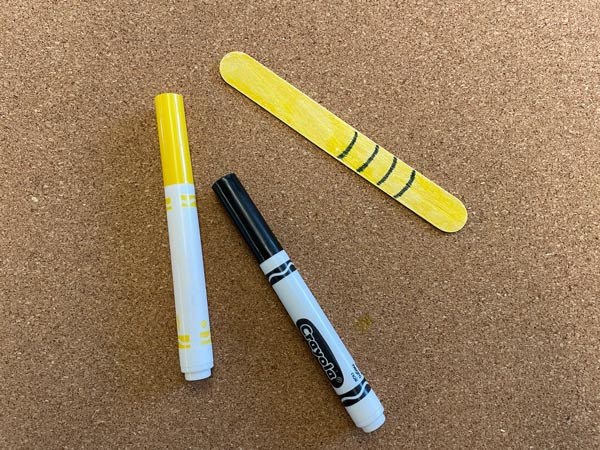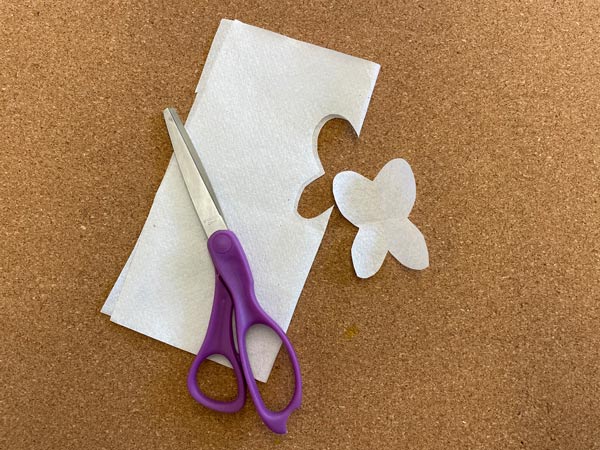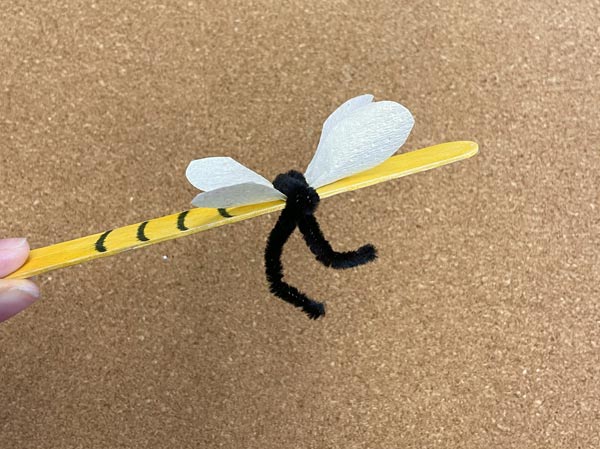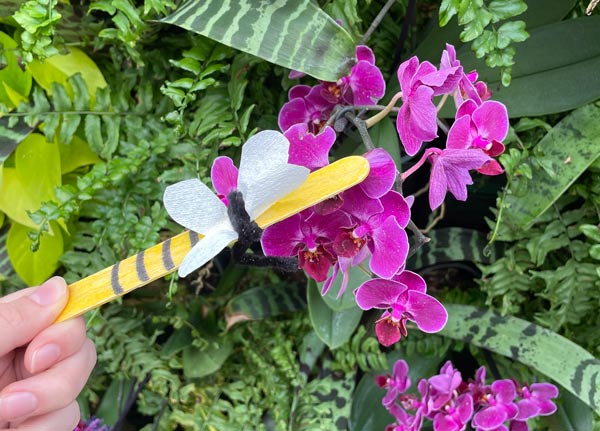Phenomenal Pollinators
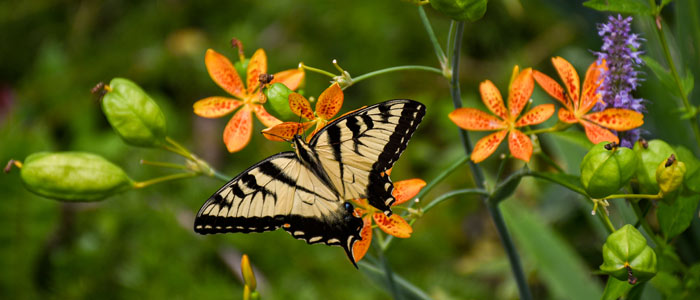
Many plants rely on animals called pollinators to survive. By visiting flowers, pollinators help plants reproduce. Pollinators are beneficial to humans and other animals that rely on plants for food, medicine, fuel, and more. We need to protect our pollinators because 85% of all the plants on Earth need a pollinator to support them.
The Pollination Process
Pollination is the act of transferring pollen from one plant to another. When pollinators land on or brush against flowers, pollen attaches to their legs, wings, body, or hairs. As they move from one plant to another, they transfer the pollen grains. Pollen is found on the part of the flower called the stamen, which is perfectly located above where nectar can be found. When pollinators take a sip of the sweet nectar, they bump into the stamen and collect pollen. This is an important process because when pollen is transferred between plants it allows the plants to reproduce by kick starting the creation of seeds.
Types of Pollinators
Bees are one of the busiest pollinators in the business. There are over 20,000 species of bees in the world and 4,000 live here in the United States. Bees can visit about 5,000 flowers in one day! That is a lot of nectar and a lot of pollen transfer. Many of us may think of honeybees as the only bees pollinating our flowers, but we cannot forget about native bees. Bumblebees, carpenter bees, sweat bees, and mining bees call Massachusetts home. Butterflies are also a common pollinator. They love the taste of nectar as much as bees. Butterflies have a long tongue, called a proboscis that they use like a straw to reach in and drink the nectar at the base of the flower. Similarly, hummingbirds use their long, forked tongue to drink the nectar inside of the flower. Many species of birds, in addition to hummingbirds, act as pollinators, and they all have long, thin beaks. Other important pollinators that are less well known include bats, beetles, flies, ants, and moths.
Pollinator Matching
Plants have changed over time to attract different species of pollinators by using color, scent, and flower shape. This means that pollinators have certain plants that they prefer to visit. Review the table below to learn what each pollinator looks for in a flower. Keep in mind that although they have preferences sometimes, they still pollinate a range of flowers, which you will see during your exploration.
| POLLINATOR | FLOWER CHARACTERISTICS | FLOWER EXAMPLE |
|---|---|---|
| Honeybee | Tubular flowers that are blue, purple, or pink | Joe-pye weed |
| Bumblebee | Short, open flowers with lots of nectar and cool-colored petals | Lavender |
| Butterfly | Warm-colored flowers that are flat-topped or clustered | Zinnia |
| Hummingbird | Warm-colored or purple flowers that have long tubular | Trumpet Vine |
| Moth | White or pale-colored flowers that are clustered together. Has ample nectar | New Mexican Larkspur |
| Bat | White or pale-colored flowers with strong fragrances and large petals | Queen of the Night |
| Fly | Pale or dull colored flowers that smell like rotting meat | Skunk Cabbage |
| Beetle | White or yellow colored flowers that are either bowl shaped or clustered together and produce a lot of pollen | Goldenrod |
| Ant | Small, odd-looking flowers that are low to the ground | “Hearts-a-bursting” flower |
| Wasp | White or yellow flowers that have easily accessible nectar | Queen Anne’s Lace |
Play the flower matching game with these Pollination Cards. Hide the flower cards inside or outside. Have your child choose a pollinator and encourage them to find the matching flower. Use the table above to check their work.
Activity: Popsicle Stick Pollinator
Materials: Black and yellow marker, black pipe cleaner, popsicle stick, paper towel, scissors
- Color your popsicle stick yellow and draw some black stripes along the popsicle stick body.
- Cut a 3-inch square out of a paper towel. Fold this square in half and cut out a wing shape while the paper is folded.
- The wings should be about an inch or two from the top of the popsicle stick. Wrap the middle of the pipe cleaner around the center of the wings one time.
- Use the rest of the pipe cleaner to make legs. Straighten out both ends of the pipe cleaner and then bend the tips upward to create two little feet.
- Head outside to pollinate flowers in your backyard or at home.
Books and Resources
Protect The Pollinators by Rachael Rose Zoller
Pollinator Cards
Pollinator Tally Sheet

